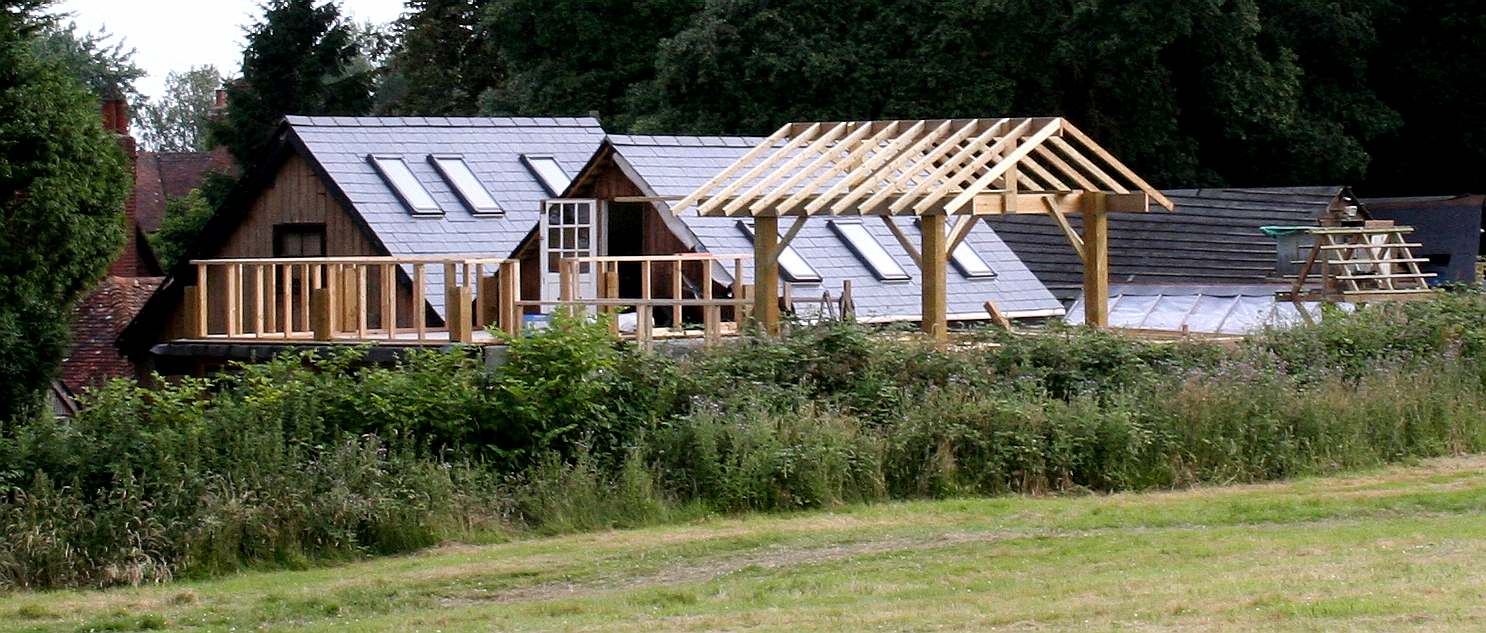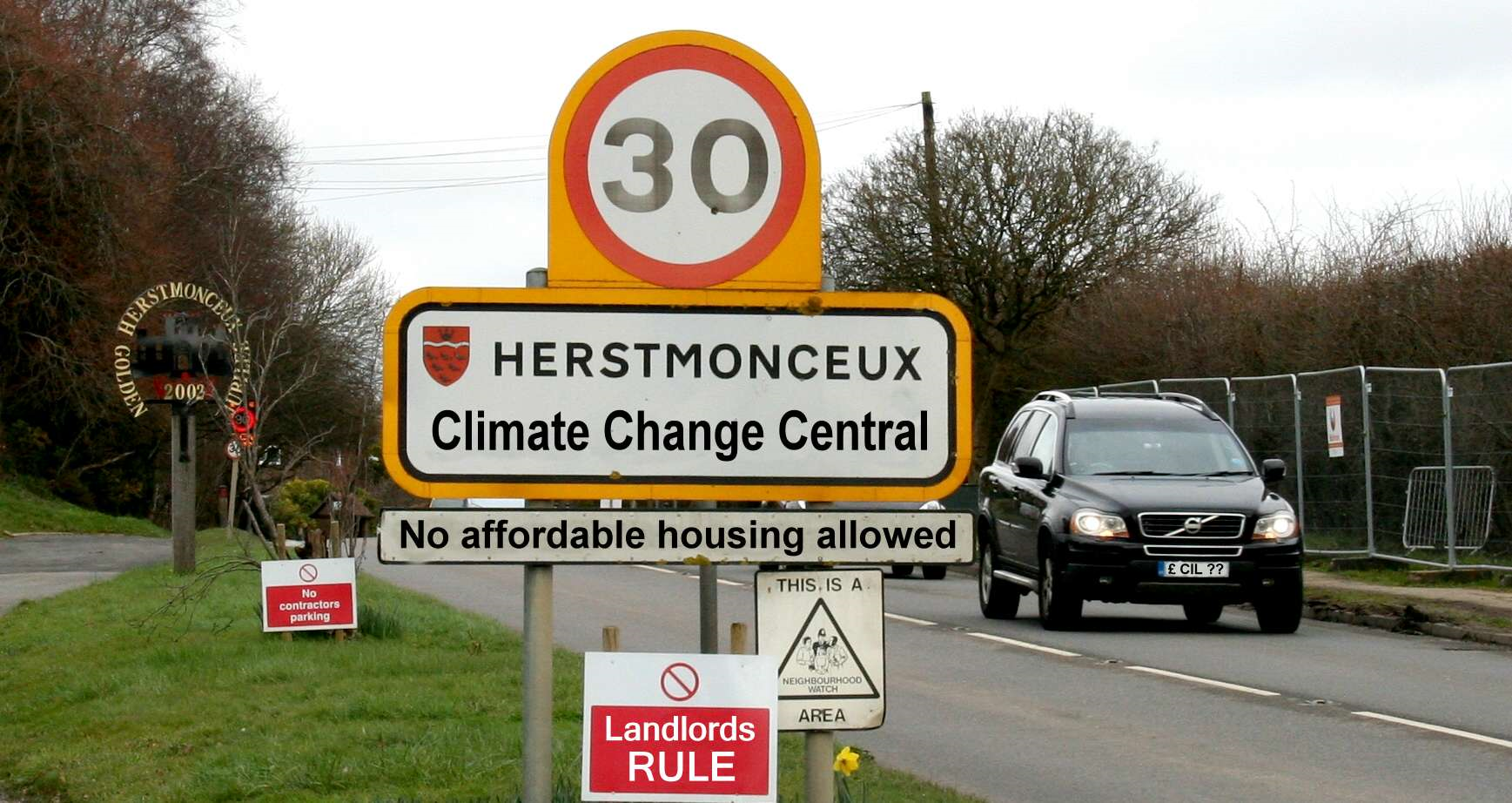|
ANCIENT MONUMENTS AND
ARCHAEOLOGICAL AREAS ACT 1979
Please use our A-Z INDEX to navigate this site or see HOME
|
|
|
JILL THE DAIRY COW SAYS: - Hey, don't you tell me when I need to do something. Do you know who you are talking to? I am above the law sucker. You can take that awful looking electricity generating building in the field across the way and stick it up your rear end. See if I care about conserving our heritage. I'll do what I want, and you can't stop me, no matter my actions may put the building at risk. So there. But then, I'm only a cow chewing the cud in a close by pasture. Presumably, human applicants would want to protect evidence of their past, for future generations, no matter the industrial landscape is less palatable to ruminants. If I ever come back in another form, I hope I have two legs and opposable thumbs. Then we'll see. I might get a job with the council. I hear they are in the pooh in a big way, having been caught discriminating against some of the residents in their area, for the benefit of others. I'd feel right at home, even if I do let a package go occasionally. Nobody would notice with all the brown stuff hitting the fan from all that institutionalised bullshit. Cows don't violate Article 14, they just make milk, beef and leather from grass. Bovines have no human rights.
Offences contrary to the Ancient Monuments and Archaeological Areas Act 1979 should generally be prosecuted under this Act rather than under the CDA 1971. This should include Heritage Vandalism.
The Criminal Damage Act 1971 (CDA 1971) is the primary source of offences involving damage to property. It created a statutory offence of arson and abolished the common law offence (s.11 CDA 1971).
HERITAGE CRIME
Heritage crime is defined as any crime or behaviour that harms the value of England's heritage assets
for the present and future generations. These assets may include Scheduled Monuments; Conservation Areas; Grade 1 and 2 Listed Buildings; World Heritage Sites; Protected Marine Wreck Sites and Military Remains; and other sites of archaeological
interest, such as site of local importance.
For this reason the Act requires local authorities to be notified on a prescribed form, as to works adjacent to historic assets:
Section
35 Notice required of operations in areas of archaeological importance.
The CPS has signed a Memorandum of Understanding (MOU) with English Heritage, ACPO and Participating Local Authorities. This MOU defines the roles and responsibilities of all parties in the prevention, investigation, enforcement and prosecution of heritage crime in keeping with their respective aims. The MOU aims to foster closer and better working relationships between the signatories.
Access to Neighbouring Land Act 1992 Ancient Monuments and Archaeological Areas Act 1979 Beaumont Vs Florala 2020 - Right to Light case precedent Planning (Listed Buildings and Conservation Areas) Act 1990 R v Dytham 1979 QBD, Malfeasance in Public Office R v Sussex Justices ex-parte McCarthy 1924, bias undoes conviction The Conservation of Species and Habitats Regulations 2017 The Wildlife and Countryside Act 1981 (as amended)
THE ONLY ONE LEFT - This unassuming building is believed to be the earliest surviving example of electricity generating and load leveling on the planet. In the world of industrial archaeology, this is a gem. All the more intriguing for being nestled out of the way in the country. Notably not understood for it's importance by local politicians and even some immediate neighbors. Some of which had in the past wanted to purchase it, simply to knock it down. Sadly, with the local authority aiding and abetting such ambition. We hope those days are gone for good. But the fact remains, that the building still has no reasonable or beneficial use. Despite a Court Order from 2003/4, where Wealden DC agreed to rectify that malady. Progress was made up to 2008, then all cooperation ceased. It has been 14 years, and once again we are waiting for answers to correspondence, as to what the council intend doing to remedy their maladministration.
The heritage asset above in included on Step 4 of a Monument Protection Programme focusing on the electrical generating industry, and how it began. There are two recent planning applications affecting this building. One was a Major development for up to 70 houses in the adjacent field. The other was from within Lime Park, from the new owners of The Rectory, in 2022, Ms Finn and Mr Flood. Yet, it seems (it is alleged) that no Heritage Statement accompanied their application: WD/2022/0497/F, and no Notice as to the Party Wall Act was given concerning the Generating Buildings. We await clarification from the applicants.
REFERENCE
https://www.legislation.gov.uk/ukpga/1979/46/contents https://www.legislation.gov.uk/ukpga/1979/46/contents
2022 - Herstmonceux in Sussex is not what it used to be. Villagers are being forced to rent in towns, rather than being able to live where they were brought up - at reasonable prices. In modern England, councils are operated against the interests of young families. Rents for new builds in Herstmonceux are exorbitant. There are no genuinely affordable houses. Wealden only grant consent for executive housing in major development. Wealden provide no rolling stock of land for sustainable and affordable (self builds) flat packs, etc. The rich get richer and the poor, poorer. This seems to be the Conservative way, with Labour failing to change statute, when they finally get voted in. Political wrangling like this is unproductive and climate unfriendly, as is financial slavery: living off the backs of others.
Please use our A-Z INDEX to navigate this site
|
|
|
|

